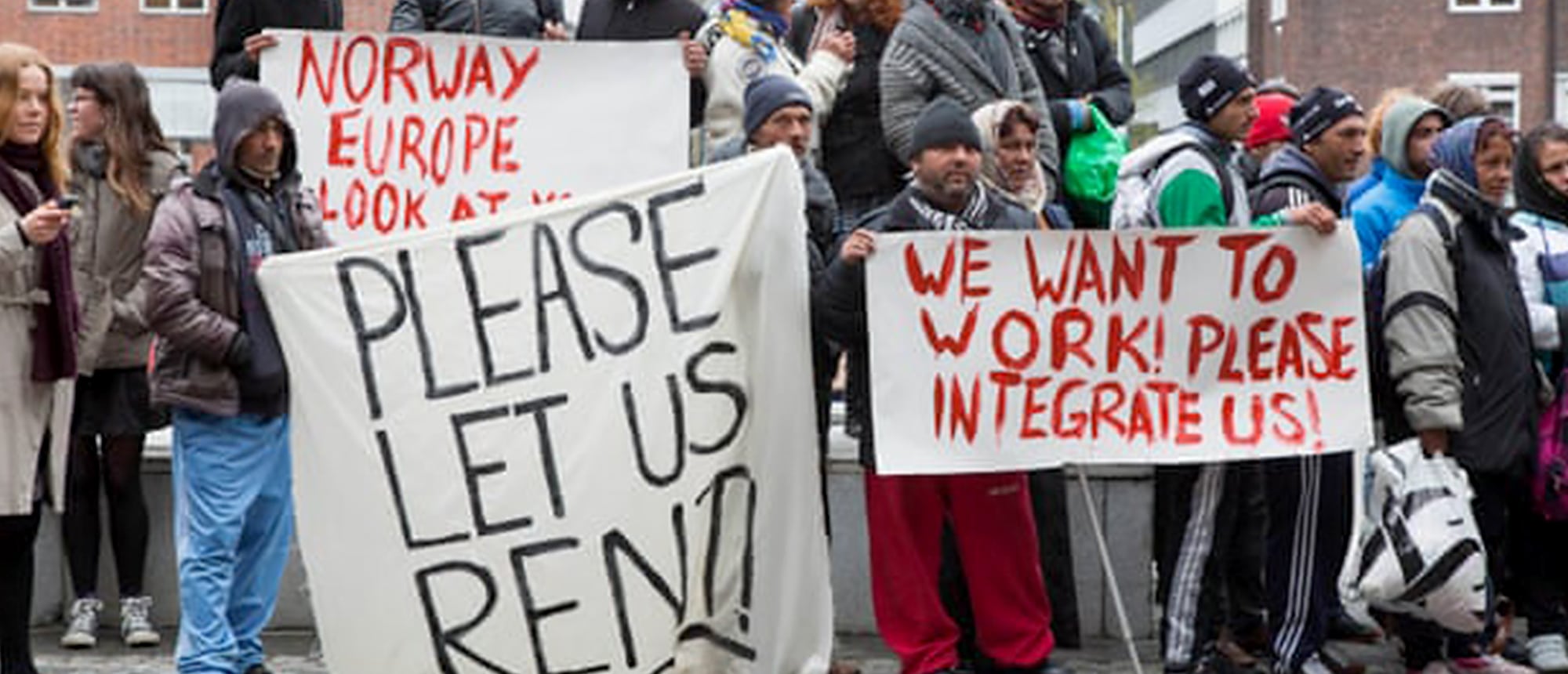Roma And African Americans Share A Common Struggle
On 20 February, we mark the abolition of Roma slavery on the territories of today’s Romania. Much has changed across continents but the enslavement of people in both Romania and the US has converted into new forms of exploitation and control.
The impetus to kill and chain Roma and African American bodies remains one of the appalling facets of how the criminalization and demonization of these peoples have historically translated into action. For example, in Romania, Levente, a 21-year-old Roma man, was recently shot dead by a police officer in front of two Romakids, aged 10 and 14.
According to Marian Mandache, the executive director of the Roma rights group Romani CRISS, the young man was unarmed. In the US, police killings of black Americans are common too, with Amadou Diallo to Manuel Loggins Jr, Ronald Madison, Kendra James, Sean Bell, Eric Garner, Michael Brown, and Alton Sterling just a handful of the victims.
From early on in their histories, Roma and African Americans have crossed similar paths, as white policymakers continued to employ similar tactics to maintain white normativity, social power, and privilege.
Since 1853, Mihail Kog?lniceanu, one of the most progressive Romanian intellectuals of all time, has pointed out the comparable struggles of African Americans in bondage and enslaved Roma people.
His preface about Roma slavery and the translation of Uncle Tom’s Cabin – the first American novel to be published in Romanian – increased a consciousness of shame about the brutality of slavery across a few strands of Romanian society. Kog?lniceanu was one white intellectual among many in both Europe and the Americas who, along with fellow abolitionists, denounced slavery and advocated for its eradication.
But the moral responsibility and paideia of some intellectuals did not concur with the decisions and actions of governing institutions. Along with a litany of unfulfilled promises – for example the 40 acres and a mule promised in the US by former masters – the losses of African Americans and Roma people have not been restored.
If in the US there is some level of acceptance of this atrocious legacy, Romania still lacks acknowledgement and a break with its own past, starting with public apologies from state institutions and the Orthodox Church, both of which enslaved Roma.
The widening adoption of international human rights instruments over the past 70 years might suggest that the end of humanity’s dark heritage of state-sponsored atrocity was in sight, and that a consciousness of shame, discomfort, or even compassion would prompt immediate and effective condemnation. Yet many atrocities continue unnoticed, and most of those who stand up for the minority, the poor, and the weak are still perceived as radicals.
Whiteness, gadjo-ness, or the supremacy of the dominant still resides at the heart of the world’s dogmas and practices, without being challenged much. New policies, laws, and discourses in place do not seek to dismantle the system that discriminates and devalues the descendants of enslaved people but rather conserve in many a belief in their own inferiority.
Essentially, whiteness and gadjo-ness, are still perceived by many African Americans and Roma people as a naturally superior state of being. More broadly, those that do not belong to the dominant group, be they Roma, African Americans, Dalits, migrants and many others, are still more valuable to the supremacist when they fail.
Overt structural discrimination is as harsh a reality for many minority and marginalized groups across the world. Paradoxically, most seem intrinsically equipped with the hope that they will find the humanity in the very societies that have dehumanized and traumatized them for centuries. In resistance, they have found within themselves the grace to embrace the oppressor with forgiveness, and in fear, to respond with obedience and compliance to white normativity. Yet, global solidarity among the oppressed fails to materialize.
One would also expect that in times of global communication and social media, social movements and social justice intellectuals across continents would be better able to harness their collective resources in the face of similar structures of domination and subordination.
Even among those who actively fight injustice, many fail to speak up when it does not affect their own group. They even fail, for instance, to claim reparations for the comparable histories of enslaved people, as social movements in the US, Romania, or the Caribbean islands remain divided by identity-defined silos.
And yet, the issue of global solidarity must find the momentum and build on it to work toward a unified movement against injustice across historical and geographical spheres.


